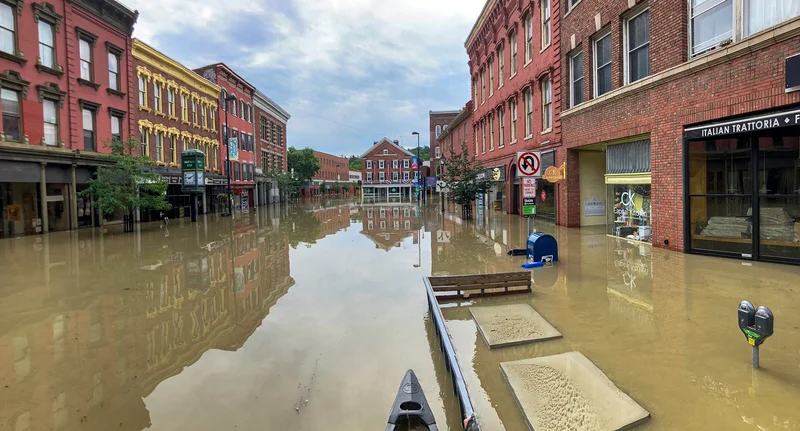Professional Vision. Smarter Crypto Decisions.
Professional Vision. Smarter Crypto Decisions.
Okay, folks, buckle up because I've been diving deep into something that might sound mundane at first glance—water damage restoration—but trust me, it's about to get really interesting. We're not just talking about mops and dehumidifiers anymore; we're talking about a potential paradigm shift in how we protect our homes and businesses, moving from simply reacting to disaster to proactively preventing it.
It all started when I saw a press release about Cougar Restoration in Tigard, Oregon, enhancing their emergency response capabilities after a series of water damage incidents in the Portland area. Now, usually, I'd skim right past something like that. But something about the phrase "enhanced capabilities" caught my eye, and I started digging.
What I found was a fascinating convergence of technology and old-fashioned know-how. We're talking about advanced moisture detection using thermal imaging, industrial-grade dehumidification systems, and antimicrobial treatments to prevent mold. Gateway Restoration in Phoenix even emphasizes IICRC certification, which, believe me, is more than just a fancy acronym; it's a commitment to standards that protect both property and health.
But here's where it gets truly exciting. All Dry Services of Miami reported a surge in emergency flood calls during hurricane season. Now, Miami is no stranger to floods, but what struck me was their emphasis on proactive measures: hurricane preparedness guidance, pre-storm inspection recommendations, and awareness of building features that improve resilience against water intrusion. All Dry Services of Miami Reports Surge in Emergency Flood Calls During Peak Hurricane Season
Imagine this: instead of just waiting for the next pipe burst or storm surge, we could use data from these restoration companies—aggregated and anonymized, of course—to identify vulnerabilities in our infrastructure. Think about it: patterns in pipe failures, correlations between building materials and water damage, even predictive models based on weather patterns and historical data. It's like turning a reactive industry into a giant, city-wide early warning system.

This is the kind of breakthrough that reminds me why I got into this field in the first place. I'm picturing a future where sensors embedded in our walls and foundations constantly monitor moisture levels, feeding data into AI algorithms that can predict potential problems before they even happen. We could identify at-risk properties, prioritize infrastructure repairs, and even adjust insurance premiums based on real-time risk assessments.
Someone might say, "Oh, that's just Big Brother watching us." And, yeah, we have to be careful about privacy and data security. But imagine the peace of mind knowing that your home is constantly being monitored and protected from potentially devastating water damage. What if, thanks to predictive tech, we could reduce the number of families displaced by burst pipes or storm surges?
This isn't just about saving money; it's about saving lives and protecting communities. It's about using technology to build a more resilient and sustainable future for everyone. Think about the possibilities: targeted interventions for vulnerable populations, optimized resource allocation for emergency services, and a dramatic reduction in the economic and emotional costs of water damage.
The speed of this is just staggering - it means the gap between today and tomorrow is closing faster than we can even comprehend.
I know, I know, it sounds like science fiction, right? But the pieces are already in place. We have the sensors, the data, the AI algorithms, and the restoration companies on the front lines, gathering information every single day. All we need is the vision to connect the dots and the will to make it happen. What are the ethical considerations of such monitoring? How do we ensure equitable access to these preventative measures?
This isn't just about fixing leaky pipes; it's about building a future where water damage is a relic of the past, where our homes and communities are resilient in the face of any storm.